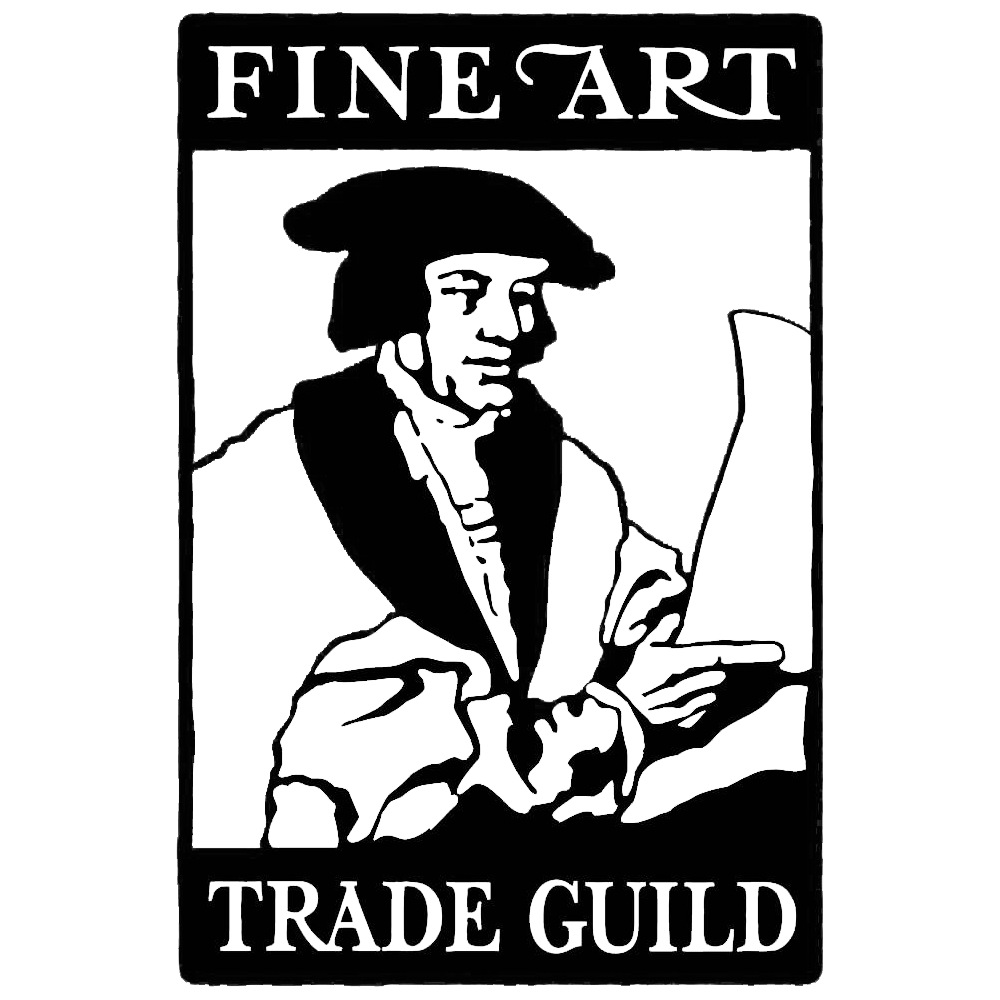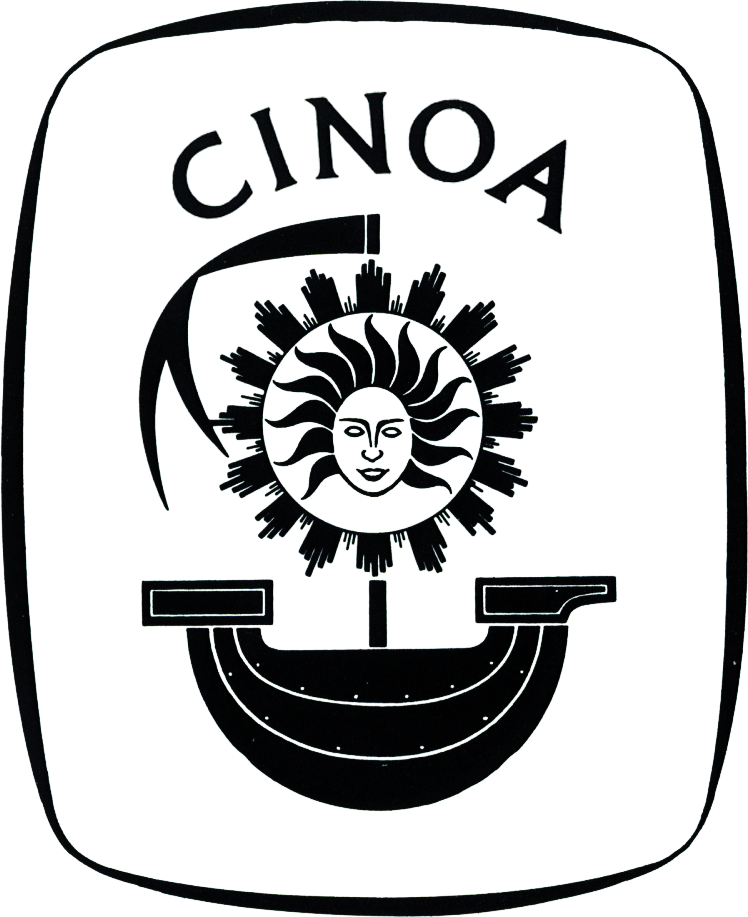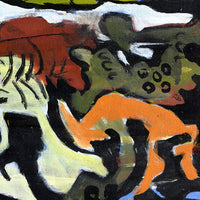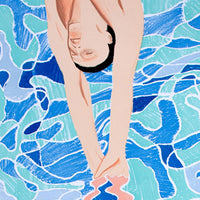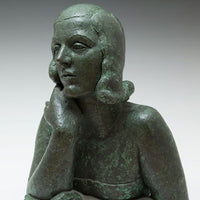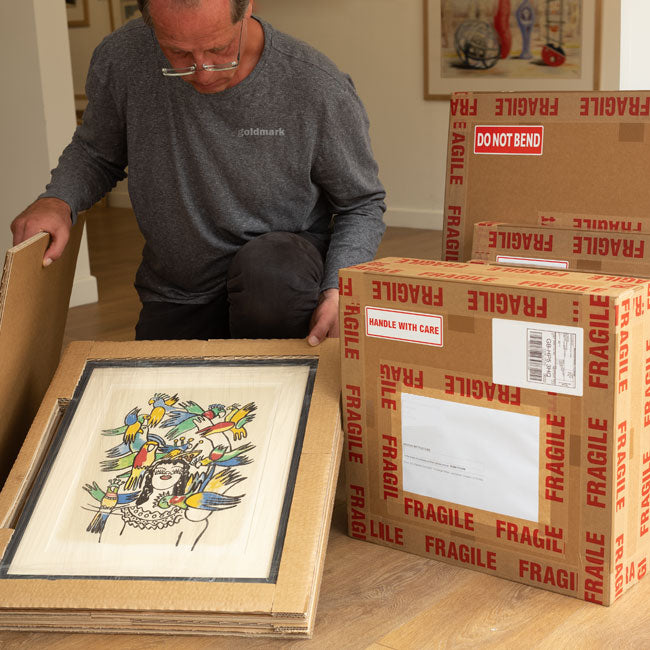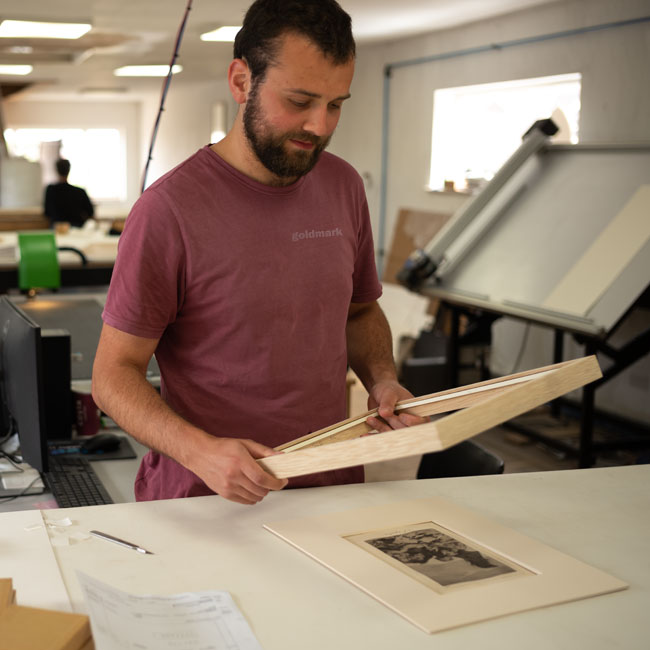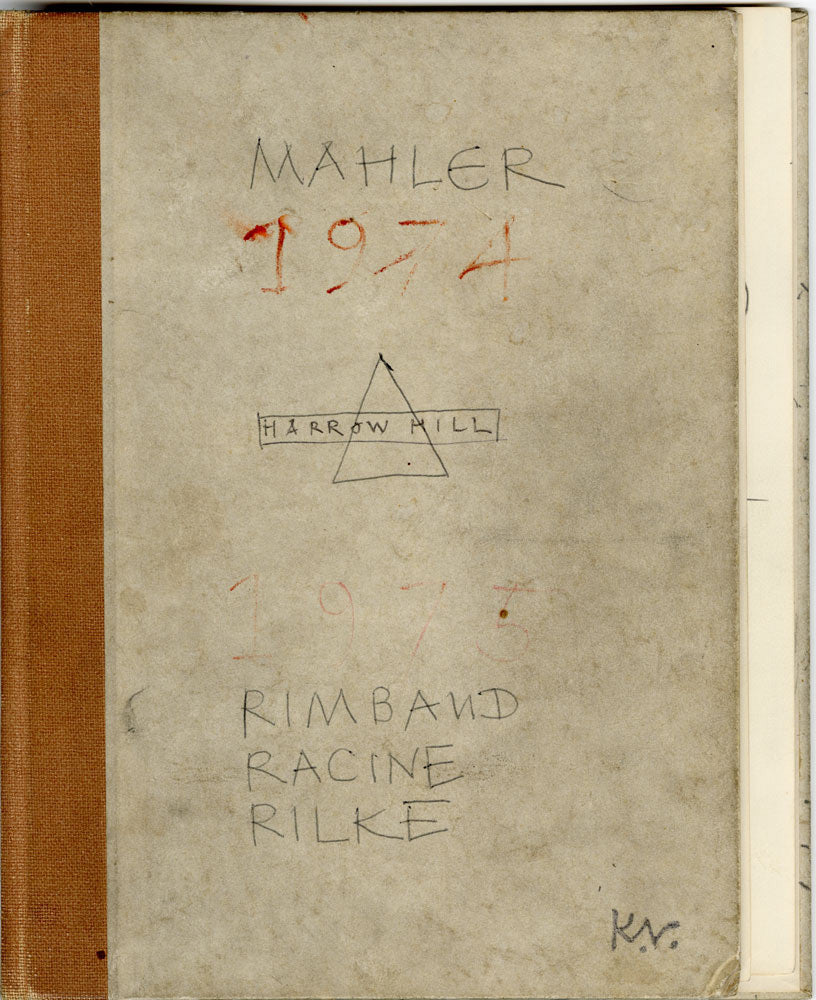Sometimes the word 'gallery' simply isn't enough. Yes, it's the core of a business dedicated to the best in painting, printmaking, sculpture and ceramics. But here the books turn into paintings, the paintings turn into films. Watch our short film to find out a bit more about us and what we do.
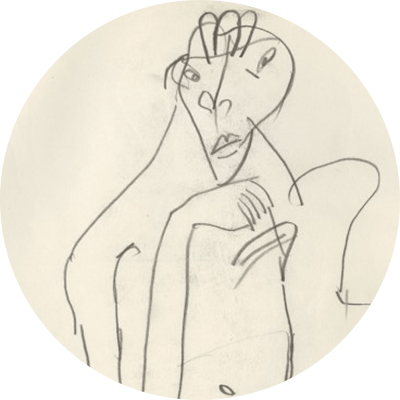
Seated Figure, 1975
Interested in this item?
Start a conversation
This is an original artwork
held in stock at goldmark
Need it in a hurry?
Get in touch
Not completely delighted?
30 day free returns
Artist Information
About the Work
Dimensions & Details
Goldmark.tv
Delivery & Returns
Artist Information
Artist Information
Stay up to date with this artist

Stay up to date with this artist
Keith Vaughan was a British painter best known for his muted abstractions of male nudes, landscapes, and architecture. He meshed the technical practices of Paul Cézanne, Georges Braque, and Nicolas de Staël to create a unique aesthetic expression. Vaughan was a self-taught painter and, according to the diaries he kept, perhaps used the medium as a means to cope with the frustrations of his unfulfilled homosexual fantasies. Born on August 23, 1912 in Selsey, United Kingdom, he worked in advertising until World War II, when he was forced to serve despite being a conscientious objector. In wartime, he befriended Graham Sutherland and John Minton, whom he lived with following the war’s end. Together, they represented part of the Neo-Romantic circle of the immediate postwar period, though Vaughan soon after gravitated towards abstraction.
Vaughan went on to teach in London at the Camberwell College of Arts, the Central School of Art, and the Slade School. His troubled, personal journals extensively recorded his life and internal struggles, and were published in part in 1966, and more completely in 1989—years after his death by intentional overdose on November 4, 1977. Vaughan’s works are in the collections of the Tate Gallery in London, the Scottish National Gallery of Modern Art in Edinburgh, and the Manchester Art Gallery, among others.
Vaughan went on to teach in London at the Camberwell College of Arts, the Central School of Art, and the Slade School. His troubled, personal journals extensively recorded his life and internal struggles, and were published in part in 1966, and more completely in 1989—years after his death by intentional overdose on November 4, 1977. Vaughan’s works are in the collections of the Tate Gallery in London, the Scottish National Gallery of Modern Art in Edinburgh, and the Manchester Art Gallery, among others.
Related Categories
About the work

About the Work
Estate Stamp verso pencil on paper.
Drawing from an album Vaughan produced in 1974/75, based on the Poems of Rimbaud, Racine and Rilke.
Exemplary provenance: all came from the collection of Professor John Ball – close friend and Vaughan collector.
Drawing from an album Vaughan produced in 1974/75, based on the Poems of Rimbaud, Racine and Rilke.
Exemplary provenance: all came from the collection of Professor John Ball – close friend and Vaughan collector.
Goldmark.tv
Delivery & Returns
-
Our Free Bespoke Delivery
At Goldmark we understand the risks of sending delicate art and ceramics in the post, that’s why we hand package in made to measure boxes, frame and seal every purchase. If you do have an issue with your order, just get in touch with us and we can get it sorted for you as soon as possible.
-
Our Free Bespoke Frames
All eligible orders that include a frame with their delivery will receive a bespoke frame handmade by our dedicated talented team of frame makers. You can learn more about our frame making process here and what makes it so special.
Similar Works
-
A Gallery Supporting Real Artists
Goldmark is proud to have changed the lives of many living artists, enabling them to spend more of their time making pictures, pots and sculpture.READ MORE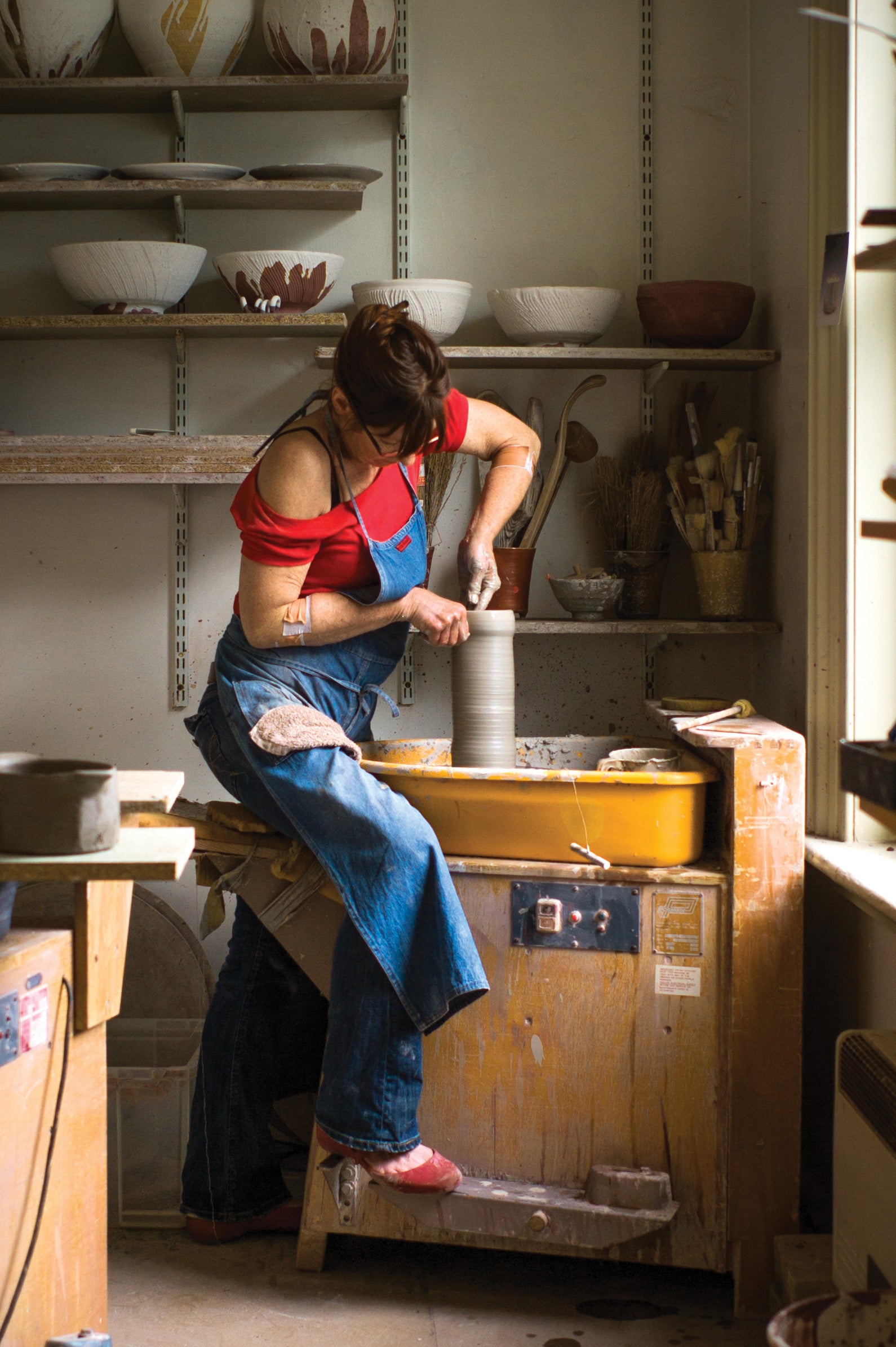
-
 Goldmark is delighted to be a member of the International Fine Print Dealers Association, the Fine Art Trade Guild and the Confederation Internationale de Negociants en Oeuvres d'Art.READ MORE
Goldmark is delighted to be a member of the International Fine Print Dealers Association, the Fine Art Trade Guild and the Confederation Internationale de Negociants en Oeuvres d'Art.READ MORE
